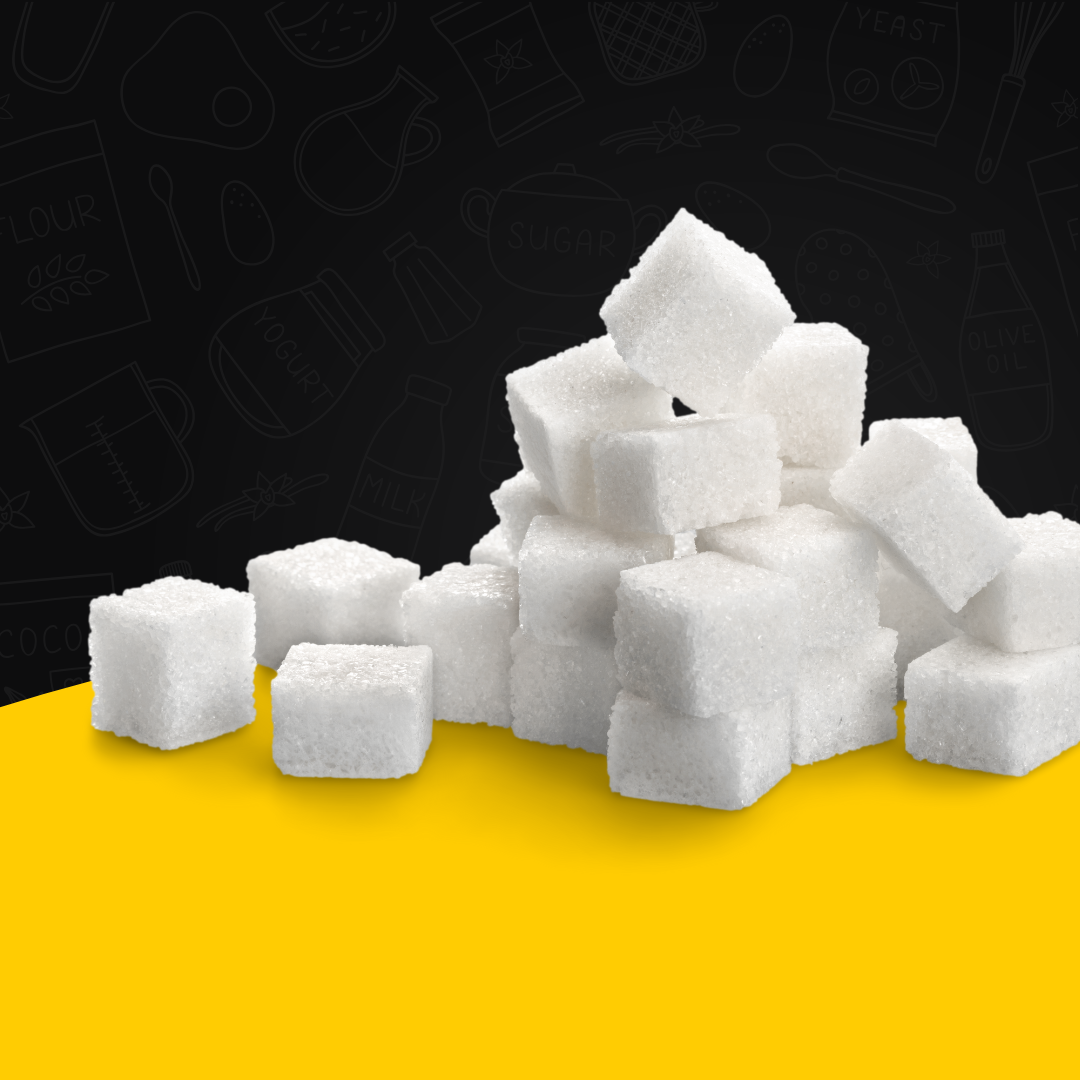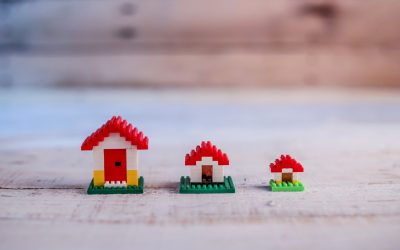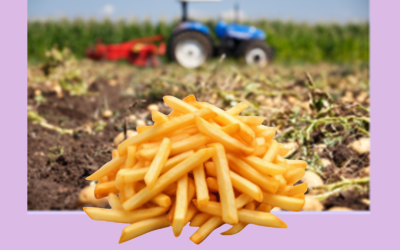Overview
In this hands-on building challenge, learners will explore several techniques and develop vocabulary needed in this iconic skilled trade. Learners will build small sugar shacks with “bricks and mortar”, as well as a touch of sweetness, exploring the skills and craftsmanship masons implement in their everyday work.
FREE RESOURCE AVAILABLE (see details at bottom of this post)
NB Curricular Connections
English Language Arts
- Strand: Interactions – Big Idea: Exchanges – Skill Descriptor: Respond personally to presentations, oral stories, and a variety of multi-modal text.
Mathematics
- Strand: Shape and Space – Big Idea: Measurement
Personal Wellness
- Strand: Career Connected Learning – Big Idea: Experiencing Potential Career Pathways – Skill Descriptor: Engage in frequent and ongoing career connected experiential learning to learn about preferred career pathways and develop personal competencies.
What You’ll Need
Please Note: These materials are for a class size of 28 with small groups of 2-3 students.
- Book – Billions of Bricks (By: Kurt Cyrus) *available on Sora
- 8 boxes of 500g sugar cubes (1/2 box per group)
- 1 bag of 1 kg icing sugar (divided into 6-8 smaller portions for mixing mortar)
- 1 pkg. of 5 tumblers (or other container for portioning icing sugar)
- 1 pkg. of 40 dixie cups (3 per group)
- 1 pkg. of 50 mini wooden Popsicle sticks (2-3 per group)
- 1 pkg. of 50 large wooden Popsicle sticks (2-3 per group)
- 1 pkg. of 15 measuring teaspoons (1 per group)
- 30 wooden peg dolls or wooden clothespins (2 per group)
- Markers (some for each group)
- Water (access to sink or container for mixing mortar)
- 1 cardstock building mat per group (see Learning Activity downloads)
- PowerPoint Presentation – Sugar Shack – A Masonry Experience PPT (see downloads)
Instructions
Read Aloud – Billions of Bricks (by: Kurt Cyrus): Gather together. Before reading, ask students: What is masonry? Allow learners to share their thoughts. Then, read to them the information below (on Slide #2 of the PowerPoint Presentation):
Masonry is one of the oldest construction materials in the world and is still very popular today. A trades person who specializes in masonry is called a mason. Masons are skilled builders who use small bricks, blocks and stone and bond them all together using mortar. Masons have a specialty tool called a trowel that helps them handle the mortar. There is masonry all around your communities. Masonry is a common material for the outside walls of a building, the walls in the hallways of your schools, in fireplaces and even chimneys.
– The Atlantic Masonry Institute, 2021
Turn to page 10-11 of the story, giving learners time to notice. Ask: What do you notice? Have learners share their wonderings. Go to page 24-25 and repeat. Ask: What other buildings or structures are made with bricks? Read the entire story and allow learners to participate with the counting invitations in the text. After reading, have learners share evidences of masonry throughout this read aloud, as well as what they may still be wondering about.
Sugar Shack Materials and Character Creation: Let your learners know that today, they will in fact, be making a literal sugar shack. Allow them to have a sneak peek at the materials they will be using. Divide students into small groups of 2-3 learners. Next, pass each small group a wooden peg doll and look at Slide 3. Have small groups name and design their character (add face, clothes, and hair, etc.) using markers. These characters will need to be able to fit inside of their Sugar Shack creation, as this will be the character’s home.
Masonry 101: Using slides 4-6, have learners take an up-close look at the terms, tools, and techniques masons use every day! Be sure to go over the definitions:
Slide 4 – Mason Tools
Trowel – triangular or rectangular shaped tool to apply mortar
Mortar – mix of water and cement (3 parts cement to 1 part water)
Brick – baked unit of clay, lime, sand and cement mixtures (many colours, shapes, and sizes)
Masonry Joiner – a tool used to slick and clean up the lines of mortar
Slide 5 – Masonry Terms
Course – each row of a mason build is referred to as a row. For our Sugar Shacks, we must build 3 courses (3 rows high).
Cradle – the careful placement of mortar around the bricks
Slide 6 – Masonry Techniques
Laying Bricks and Cradling the Mortar – Video Demonstration (3:42 mins.)
Lintel – Adding wood to frame window and door openings (for added strength) before adding mortar and bricks
Learners will be using these tools, terms, and techniques in their own building challenge. Looking at the materials, ask: For our building challenge today, what will be our bricks? What will be our mortar? What will be our trowel? What will we be using as our lintels? Who will be masons?
Mortar Mix-Up: Pass out 2 dixie cups per small group and refer to Slide 7. Have one learner from each group fill one cup up half-way with water from a tap or container. Using the sandwich bag of icing sugar, allow small groups to take turns measuring 3 teaspoons of icing sugar and put into water. Learners may use a popsicle stick to stir their mortar. [Please note: Mortar will be a 3:1 ratio – 3 parts icing sugar to 1 part water and the consistency should be that of white glue.] Once small groups have their mortar ready, remind students that not using enough mortar will not allow their bricks to stick together, and using too much mortar will take longer for the bricks to set.
Masonry Building Challenge: Using Slide 8 of the PPT, introduce learners to their very own Masonry Building Challenge! The goal: to create a sugar shack for your wooden peg character using masonry techniques.
Each sugar shack MUST:
- Be at least 3 sugar cubes high
- Have at least 1 doorway
- Have at least 1 window with a lintel
- Have 1 unique design element
- Fit your wooden character inside (no roof & 4 walls)
Show & Share: On the building mats provided below, allow learners time to check off what they were able to accomplish in their building time. There is also a space to count how many sugar cubes the group used in total. Once tallied up, give time for learners to do a Show & Share – small groups showing and sharing about their masonry experience. Have each group share one thing that went well, one thing that they would change for next time, and one challenge that they overcame, using Slide #9.
Wrap-Up & Discussion: Gather and ask learners, “If someone asked you what masonry is, what would you tell them after today’s experience?” Jot down learners’ responses on a white board or chart paper. Discuss: “Are there masons in our community? How do you know?”
Extension Ideas
- Can your learners measure the perimeter and/or area of their sugar shack structure? (Tip: Each sugar cube is 1 cm in length and is 1 cm2.)
- “Spot the Masonry” Walk! Take the learning outside and do a community walk with your learners to identify how many examples of masonry they can find. Record them on a community map. Discuss the various designs, heights, and unique details of the masonry work.
- Using their Sugar Shack and their character, have learners write a short fictional story, a procedural piece, or even a poem to go along with their creations. Invite another class to view the writings and the sugary structures and have your learners share their masonry experience.
- Build On: How would we add a roof? How do masons add roofs? Would we need additional materials, or can we use what we have? [The key lies in adding roof joists and a roof deck to ensure structure and stability before applying bricks and mortar. See image.]
- Discuss: “Here in New Brunswick the name Sugar Shack has another meaning. Does anyone know what it would be?” Allow learners to share their knowledge and experiences. Sugar Shack is a term describing a physical place where maple syrup is produced. Check out this video from the NB Maple Syrup Association on learning more of this provincial Spring tradition: Maplelicious – Educational Video – English (youtube.com). Visit a local sugar shack for a sweet maple syrup experience!
- Learn more about the Wabanaki and maple sugaring, follow this link from the Nulhegan Band of the Coosuk Abenaki Nation. About Maple Syrup (abenakitribe.org) and/or watch the video from CBC News demonstrating how First Nations would tap maple trees: https://youtu.be/pVuyoDmFFGM?si=W5GeRHpysLrvgUjE
Reflection Activity
Please see the attached PDF for several choices on how you and your learners can reflect upon today’s activity.
Acknowledgements
A SPECIAL THANKS to educator, Caitlyn Taylor, of ASD-W’s Townsview School and her incredible Grade 3 class for piloting this activity in the Winter of 2024.
Sugar Shack: A Masonry Exercise; The Atlantic Masonry Institute, 2021.
Sugar Shack: Skills for Success Kit; Skills New Brunswick Canada
Resource & Feedback
New Brunswick Teachers – Do you wish to try this activity with your class and receive a free copy of Billions of Bricks (By: Kurt Cyrus)?
Email nathan.langille@gnb.ca to inquire about this free resource! Provide name of resource requested and school mailing address.
Supplies of the book are limited.
After you receive the book and complete the lesson, all we ask is that you provide some feedback by filling out a short survey click here. You will also be entered in a monthly draw for Centres of Excellence prizes!




